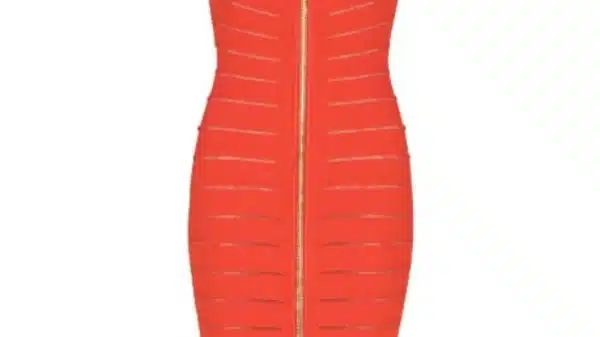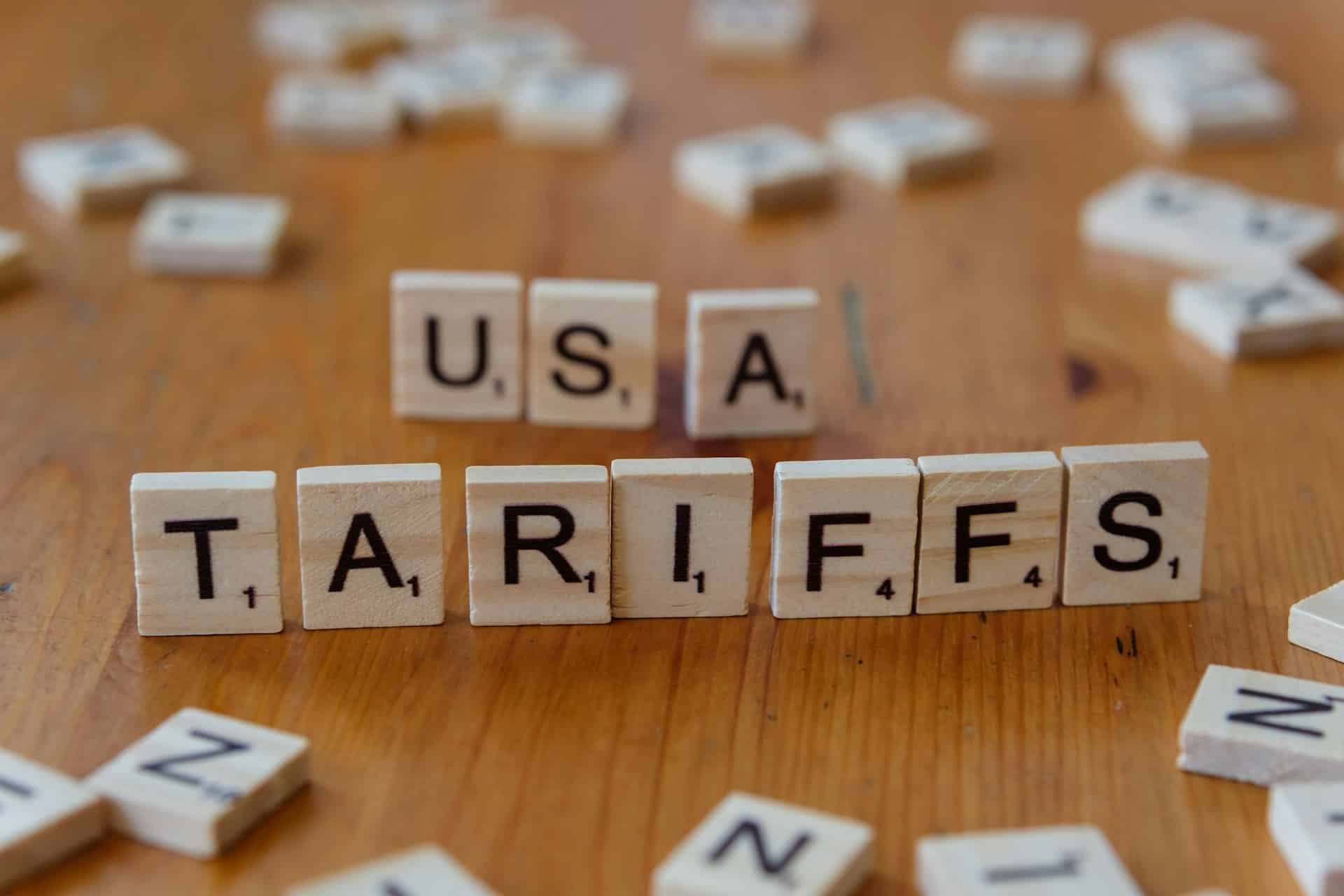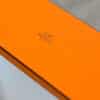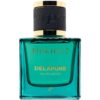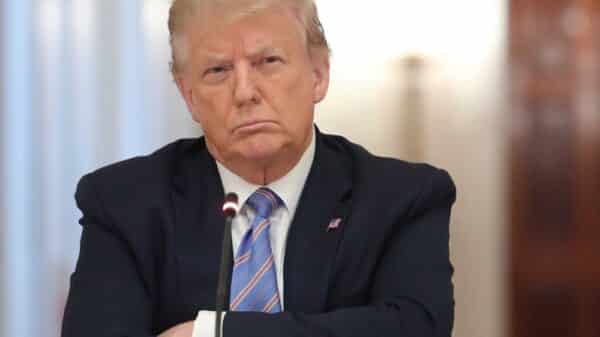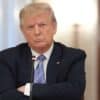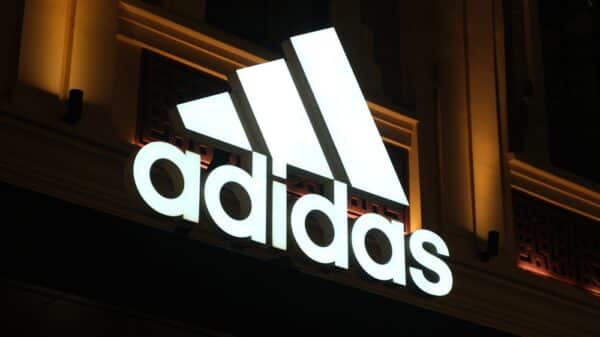Since the United States labeled Vietnam as a significant player in the counterfeit goods trade, Tran Le Chi’s hunt for her beloved fake Chanel T-shirts, Gucci sunglasses, and Louis Vuitton handbags has hit a snag. It’s frustrating, especially when all she wanted was to feel stylish without breaking the bank.
In response to President Donald Trump’s threat of a 46 percent tariff, Vietnam’s government has ramped up efforts to combat counterfeit products. While this might seem like a noble initiative, it has left many streets in Hanoi lined with shuttered shops and stalls in the once-thriving Saigon Square, a popular shopping spot in Ho Chi Minh City, collecting dust. These are the very places where Chi used to score her trendy pieces—a true blow to her fashion game.
“I just want to look good, you know?” Chi shared candidly. “Does it really matter if it’s fake? All I care about is the style.” Working as a betting agent in an underground lottery game, Chi has always managed to snag her “designer” dupes for about $40 each. “The real stuff is for the wealthy. We’re just getting by,” she added with a sigh.
Vietnam might be known for manufacturing clothing and footwear for big international brands, with the United States being its most significant trade partner in early 2025. Yet, the demand for counterfeit goods has remained strong. A report from the U.S. Trade Representative flagged Saigon Square as a hotspot for fake luxury items like handbags, wallets, jewelry, and watches. The report acknowledged the government’s efforts but pointed out that the low penalties for selling knockoffs haven’t done much to deter this booming market.
In Hanoi’s old quarter, a shop owner known as Hoa (a pseudonym to protect her identity) confirms that most of her fake Nike, Lacoste, and North Face items come from China but are labeled “Made in Vietnam” to add a touch of authenticity. “My customers know what they’re buying,” she insisted. “I’m not deceiving anyone. They can’t afford the real deal.”
As trade talks unfold between Hanoi and Washington, Vietnam is scrambling to avoid the heavy tariffs that could be imposed soon. To that end, the trade ministry prompted authorities in April to scrutinize the origins of goods, especially after the U.S. accused Vietnam of enabling Chinese exports to dodge tariffs.
A comprehensive, three-month crackdown on counterfeit products was announced by the public security ministry, aiming to tighten the screws on this illicit market. Nguyen Thanh Nam, a top official in market oversight, recently revealed that over 7,000 counterfeit items worth more than $8 million had been seized in just five months. Notably, they took down 1,000 fake Rolex watches from Saigon Square, a substantial hit to the counterfeit wave.
The crackdown has caused more than just the seizure of illegal products; heaps of counterfeit vitamins, cosmetics, and sweets have been spotted in waste sites around urban areas like Hanoi and Ho Chi Minh City. Electronics, including popular brands like Marshall speakers and smartwatches, have faced similar fates. Though police haven’t confirmed the origin of these goods, Vietnam was Southeast Asia’s biggest consumer of Chinese products in 2024, spending around $161.9 billion.
Nguyen Khac Giang, a visiting fellow at the ISEAS-Yusof Ishak Institute in Singapore, observed that while the campaign against counterfeits has multiple objectives—such as improving Vietnam’s business landscape and regulating the retail sector—it’s also a strategic move to appease the U.S. government. “Vietnam wants to make it clear that they’re listening to American concerns,” he explained.
For shop owner Hoa, the economic impact is immediate and severe. Her store has been closed for nearly two weeks, leaving her in a state of uncertainty and worry. “I have been selling these clothes for ten years without issue. Now, this crackdown? I just don’t know how I’m going to keep my business afloat,” she lamented. The ripple effects of these trade negotiations and decrees hit close to home, reminding many that even small businesses have a lot at stake in this global economic tug-of-war.
Image Source: Unsplash









